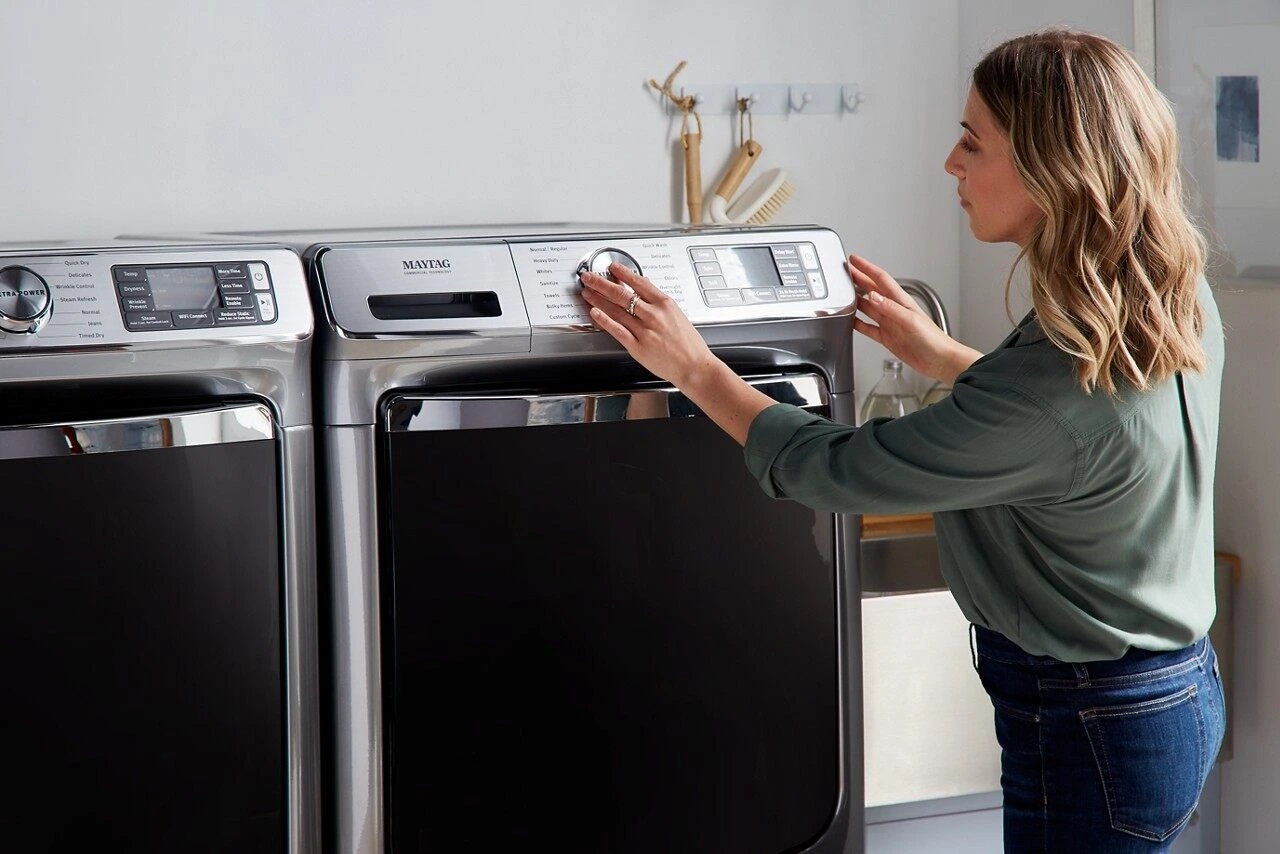

Articles
What Is The Largest Washer Capacity
Modified: August 17, 2024
Learn about the largest washer capacity to fit your laundry needs. Read our informative articles on washer sizes and find the perfect one for your home.
(Many of the links in this article redirect to a specific reviewed product. Your purchase of these products through affiliate links helps to generate commission for Storables.com, at no extra cost. Learn more)
Introduction
When it comes to choosing a new washer, one of the most important factors to consider is its capacity. The capacity of a washer refers to the amount of laundry it can hold in a single cycle. The larger the capacity, the more clothes you can wash at once, saving you time and effort. But what exactly is the largest washer capacity available on the market?
In this article, we will delve into the world of washer capacity and explore the factors that affect it. We will also discuss the benefits and limitations of a large washer capacity and provide tips on how to choose the right capacity for your specific needs.
So, whether you have a big family with lots of laundry or you simply want to maximize your washing efficiency, read on to discover everything you need to know about the largest washer capacity.
Key Takeaways:
- Understanding washer capacity is crucial for optimizing laundry routines. Factors like physical size, efficiency features, and load sensing technology influence the largest washer capacity that suits individual needs.
- Choosing the right washer capacity involves assessing laundry volume, space, budget, and future needs. Balancing capacity, efficiency, and practicality leads to a wise investment for an enhanced laundry experience.
Read more: What Is The Largest Mattress
Understanding Washer Capacity
Before we can delve into the largest washer capacity, it’s important to have a clear understanding of what washer capacity actually means. Washer capacity refers to the volume of space inside the washer drum where you place your clothes. It is typically measured in cubic feet or cubic liters. The larger the capacity, the more clothes you can fit in a single load.
Washer capacity is usually expressed as the maximum weight of dry laundry that the washer can hold. For example, a washer with a capacity of 5 cubic feet can typically hold around 20 pounds of laundry. It’s essential to note that the weights mentioned are for dry clothes, and the weight of wet clothes can increase significantly due to water absorption.
When determining the right washer capacity for your needs, you should consider the size of your household and the frequency of your laundry loads. Larger households with more family members will generally require a washer with a larger capacity to accommodate the increased laundry volume. On the other hand, smaller households with fewer laundry loads may find a smaller capacity more suitable.
Understanding your laundry habits and needs is crucial in order to invest in a washer with the right capacity. Overspending on a large washer capacity that you don’t actually need can be wasteful, while having a small washer capacity could result in frequent load cycles and extra time spent on laundry.
Now that we have a good grasp of what washer capacity entails, let’s move on to exploring the factors that can affect the capacity of washers.
Factors Affecting Washer Capacity
Several factors can influence the capacity of a washer. Understanding these factors will help you determine the largest washer capacity that suits your needs. Here are some key factors to consider:
- Physical Size: The physical size of the washer plays a significant role in determining its capacity. Washers with larger dimensions typically have a larger capacity as they can accommodate a bigger drum. However, it’s important to consider the available space in your laundry area before opting for a larger washer.
- Drum Design: The design of the drum, specifically the depth and diameter, can impact the washer’s capacity. Washers with deeper and wider drums tend to have larger capacities as they can hold more clothes. Note that some washers have an agitator in the center of the drum, which can reduce the usable space and affect the overall capacity.
- Efficiency Features: Washers with advanced efficiency features, such as high-speed spin cycles or steam cleaning, may have slightly smaller capacities than traditional washers. This is because these features require additional space within the drum, reducing the overall capacity.
- Load Sensing Technology: Many modern washers feature load sensing technology that adjusts the water level based on the size and weight of the load. While this technology improves energy efficiency, it can limit the total capacity of the washer as it ensures that the drum is not overloaded with excessive weight.
- Manufacturer Specifications: The specifications provided by the manufacturer will indicate the exact capacity of the washer. It’s important to refer to these specifications to ensure you are aware of the maximum load limit for your washer model.
By considering these factors, you can determine the largest washer capacity that meets your requirements. However, keep in mind that the largest capacity may not always be the most practical choice for you. It’s important to strike a balance between capacity, available space, and your laundry needs.
Now that we understand the factors that influence washer capacity, let’s explore how we can determine the largest washer capacity for our specific needs.
Determining the Largest Washer Capacity
Determining the largest washer capacity for your needs requires careful consideration of your laundry requirements and available space. Here are some steps to help you determine the largest washer capacity:
- Assess Your Laundry Volume: Evaluate the amount of laundry you typically have to wash in a single load. Consider factors such as the number of family members, frequency of laundry, and specific items like bulky bedding or towels. This will give you an idea of the load size you need to accommodate.
- Evaluate Your Space: Measure the space available in your laundry area to determine the maximum dimensions the washer can fit in. Consider not only the width and height but also the depth, as larger capacity washers tend to be deeper. Ensure there is enough space for the washer door to open fully and for proper ventilation.
- Consider Your Lifestyle: Think about your lifestyle and schedule. If you prefer to do laundry less frequently or have busy weekdays, you may benefit from a larger capacity washer that can handle bigger loads and reduce the overall number of wash cycles you need to do.
- Account for Future Needs: Consider any future changes in your household or laundry requirements. If you’re planning to have a baby or have more family members move in, it may be wise to opt for a larger capacity washer to accommodate the increased laundry volume.
- Research and Compare: Once you have a good idea of your laundry requirements and space limitations, research different washer models and compare their capacities. Check the specifications provided by the manufacturers and look for customer reviews to get a better understanding of how well these washers perform in real-life scenarios.
By following these steps, you can determine the largest washer capacity that aligns with your laundry needs and available space. Keep in mind that larger capacity washers may come with a higher price tag, so factor in your budget as well.
Next, let’s explore the benefits of having a large washer capacity in your laundry routine.
When looking for the largest washer capacity, consider front-loading machines which typically have larger capacities than top-loading ones. Look for machines with capacities of 4.5 cubic feet or more for handling larger loads.
Benefits of a Large Washer Capacity
Investing in a washer with a large capacity can offer numerous benefits, making your laundry routine more efficient and convenient. Here are some key advantages of having a large washer capacity:
- Time Savings: With a large washer capacity, you can wash more laundry in a single load, reducing the overall number of cycles you need to run. This saves you time and allows you to spend it on other activities or tasks.
- Handling Bulky Items: A larger capacity washer can easily accommodate bulky items like comforters, blankets, and towels. You won’t have to struggle to fit them into a smaller drum or resort to taking them to a laundromat.
- Efficiency: Running fewer loads not only saves time but also reduces water and energy consumption. Large capacity washers are generally designed to be energy-efficient, which can lead to cost savings on your utility bills.
- Reduced Wear and Tear: Overloading a washer can cause excessive wear and tear on the machine and your clothes. With a large capacity washer, you have more space for proper agitation and movement of the laundry, resulting in less strain on the washer and better care for your garments.
- Easier Sorting and Organizing: When you have a large washer capacity, you have the flexibility to sort your laundry into different loads based on fabric type, color, or level of dirtiness. This makes laundry organization and sorting much easier and more efficient.
- Convenience: A larger washer capacity means you can complete your laundry in fewer loads, reducing the overall time and effort spent on washing clothes. This can be particularly beneficial for busy households or individuals with limited time for household chores.
Having a large washer capacity undoubtedly brings many benefits to your laundry routine. However, it’s important to also consider the limitations of a large washer capacity before making your final decision.
Next, we will explore the potential limitations of opting for a larger washer capacity.
Read more: What Is The Largest Seed
Limitations of a Large Washer Capacity
While a large washer capacity can offer several advantages, it’s essential to consider the potential limitations that come with it. Here are some key limitations to keep in mind:
- Space Requirements: Washers with large capacities tend to have larger physical dimensions. As a result, they may require more space in your laundry area. Make sure to measure the available space and ensure that the larger washer can fit comfortably without causing any obstructions or ventilation issues.
- Higher Initial Cost: Washers with larger capacities often come with a higher price tag compared to their smaller counterparts. If you have a limited budget, investing in a large capacity washer may not be feasible, and you may need to prioritize other features or functionalities.
- Water and Energy Usage: While a large capacity washer can help reduce the number of loads, it can consume more water and energy per load compared to smaller capacity washers. This is something to consider in terms of long-term costs and environmental impact.
- Load Balance: It’s important to load a washer, regardless of its capacity, with a balanced load to ensure optimal washing performance. With larger capacity washers, there is a higher risk of unevenly distributed weight, which can result in issues such as excessive vibration or inadequate cleaning of certain items.
- Storage and Drying Space: Larger washers often require larger dryers to accommodate the increased laundry volume. If your laundry area has limited storage and drying space, a large washer capacity may not be practical or feasible for your needs.
Considering these limitations will help you make an informed decision about whether a large washer capacity is suitable for your specific circumstances. It’s important to strike a balance between your laundry requirements, available space, and budget.
Now that we’ve explored the benefits and limitations of different washer capacities, let’s move on to discussing how to choose the right washer capacity for your needs.
Choosing the Right Washer Capacity for Your Needs
Choosing the right washer capacity is a critical decision to ensure that your laundry needs are met while considering space limitations and budget. Here are some tips to help you choose the appropriate washer capacity for your specific needs:
- Assess Your Laundry Volume: Evaluate the average amount of laundry you typically have to wash in a single load. Consider the size of your household, the frequency of laundry, and any specific items that require washing, such as bulky bedding or towels.
- Consider Future Needs: Anticipate any changes in your household or laundry requirements in the near future. If you’re planning on expanding your family or have more individuals moving in, opt for a larger capacity washer that can accommodate the increased laundry volume.
- Evaluate Available Space: Measure the space available in your laundry area. Ensure that the dimensions of the washer, including width, height, and depth, can fit comfortably in the designated space. Leave some room for the washer door to open fully and for proper ventilation.
- Factor in Your Budget: Determine your budget for a new washer and consider the cost associated with different capacities. Remember that larger capacity washers often come with a higher initial cost. Assess whether the benefits of a larger capacity justify the additional investment.
- Read Product Specifications and Reviews: Research different washer models and compare their capacities. Read product specifications provided by manufacturers to understand the maximum load limit and other features. Additionally, check customer reviews to get insights into the performance and reliability of different models.
- Balance Capacity and Efficiency: While a larger capacity may be tempting, consider your water and energy consumption as well. Look for washers that have high efficiency ratings to ensure that you’re making an environmentally conscious choice while also saving on utility bills.
By evaluating your laundry volume, considering future needs, assessing available space and budget, and researching different washer models, you can choose the right washer capacity that aligns with your specific requirements.
Before concluding, let’s recap what we’ve covered in this article.
Conclusion
In conclusion, choosing the right washer capacity is a crucial decision when it comes to optimizing your laundry routine. Understanding the largest washer capacity available and its implications can help you make an informed choice that suits your specific needs.
We explored the meaning of washer capacity and the factors that affect it, such as the physical size, drum design, efficiency features, load sensing technology, and manufacturer specifications. By considering these factors, you can determine the largest washer capacity that aligns with your household size, laundry volume, and available space.
Having a large washer capacity offers several benefits, including time savings, the ability to handle bulky items, efficiency in terms of water and energy consumption, reduced wear and tear on the machine and clothes, easier sorting and organizing, and overall convenience. However, it’s important to be aware of the limitations, such as space requirements, higher initial cost, water and energy usage, load balance, and storage and drying space considerations.
To choose the right washer capacity for your needs, assess your laundry volume, consider future needs, evaluate available space, factor in your budget, and read product specifications and reviews. By striking a balance between capacity, efficiency, and practicality, you can make a wise investment that will enhance your laundry experience.
Remember, the largest washer capacity may not always be the most suitable option for everyone. It’s crucial to consider your specific circumstances and find the right balance that meets your laundry requirements while being mindful of your space limitations and budget.
We hope this article has provided valuable insights into understanding and determining the largest washer capacity for your needs. With a well-considered choice, you can make your laundry routine more efficient, saving time, energy, and effort in the process.
Happy washing!
Frequently Asked Questions about What Is The Largest Washer Capacity
Was this page helpful?
At Storables.com, we guarantee accurate and reliable information. Our content, validated by Expert Board Contributors, is crafted following stringent Editorial Policies. We're committed to providing you with well-researched, expert-backed insights for all your informational needs.

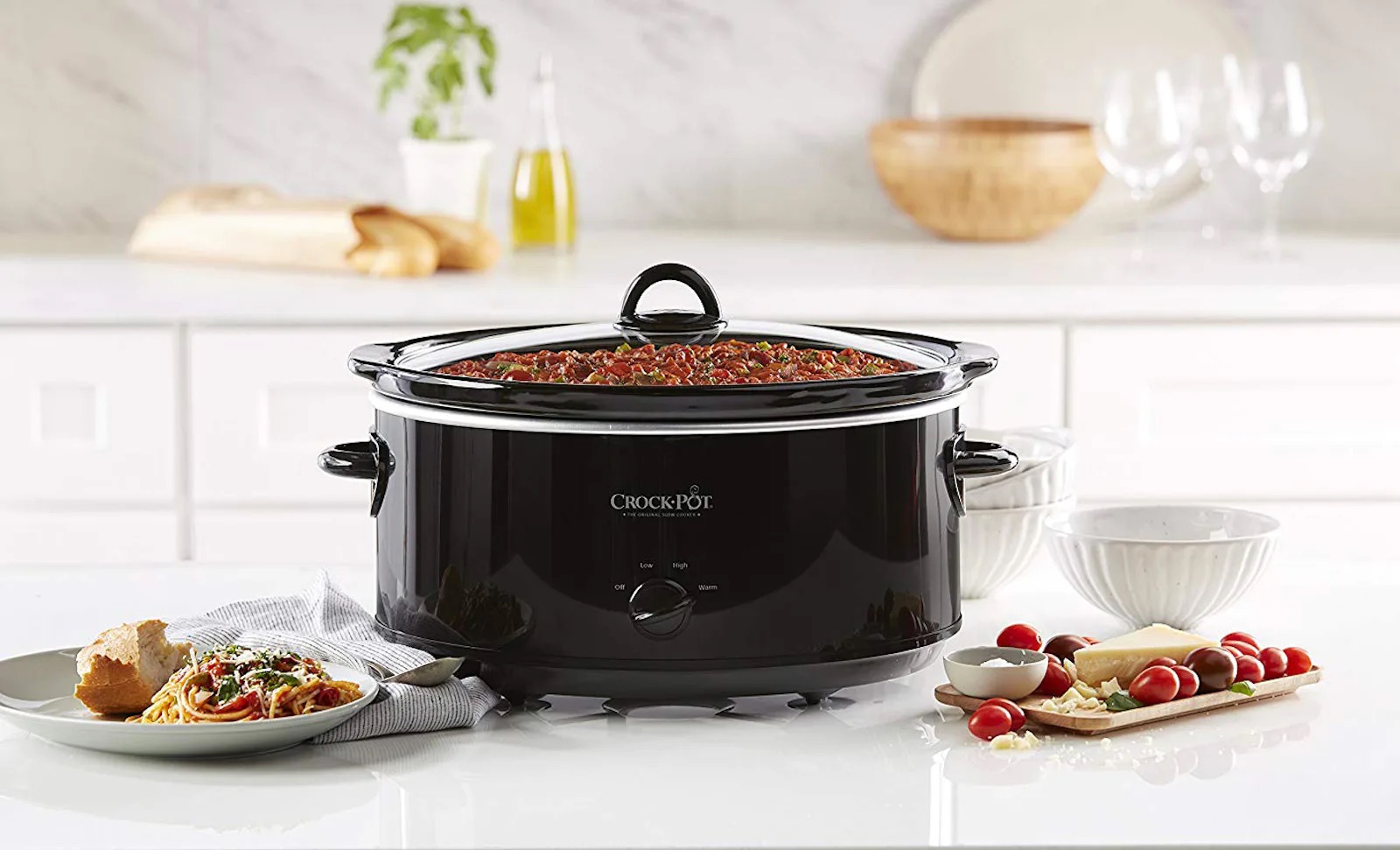
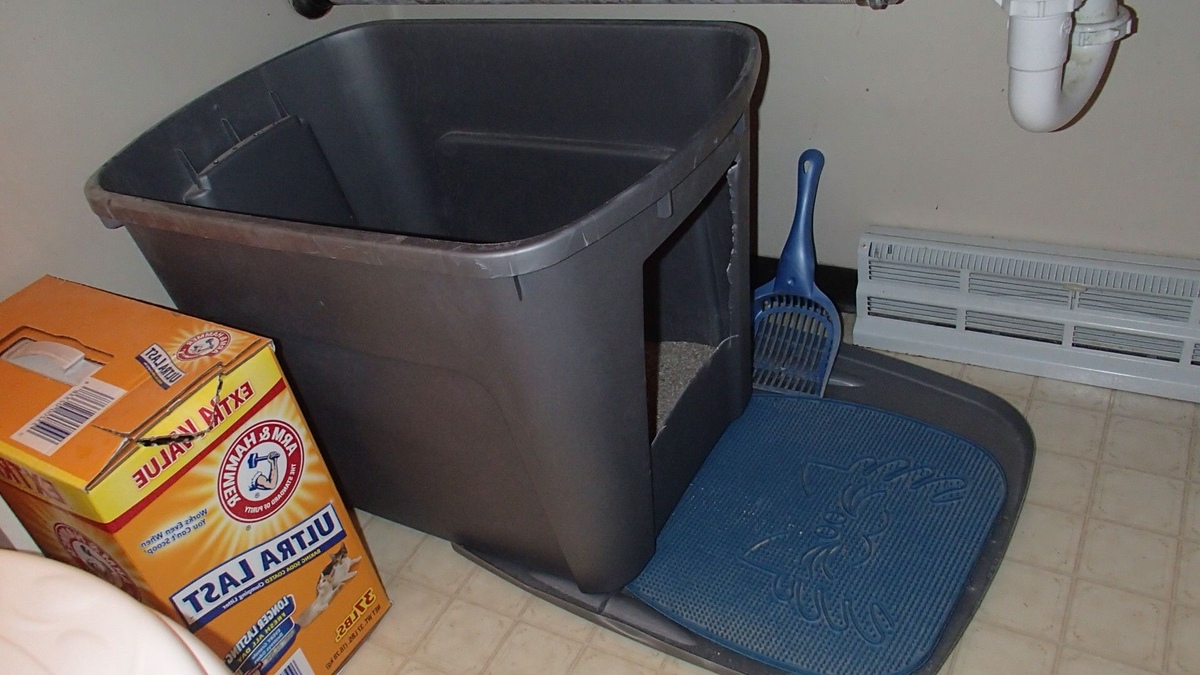




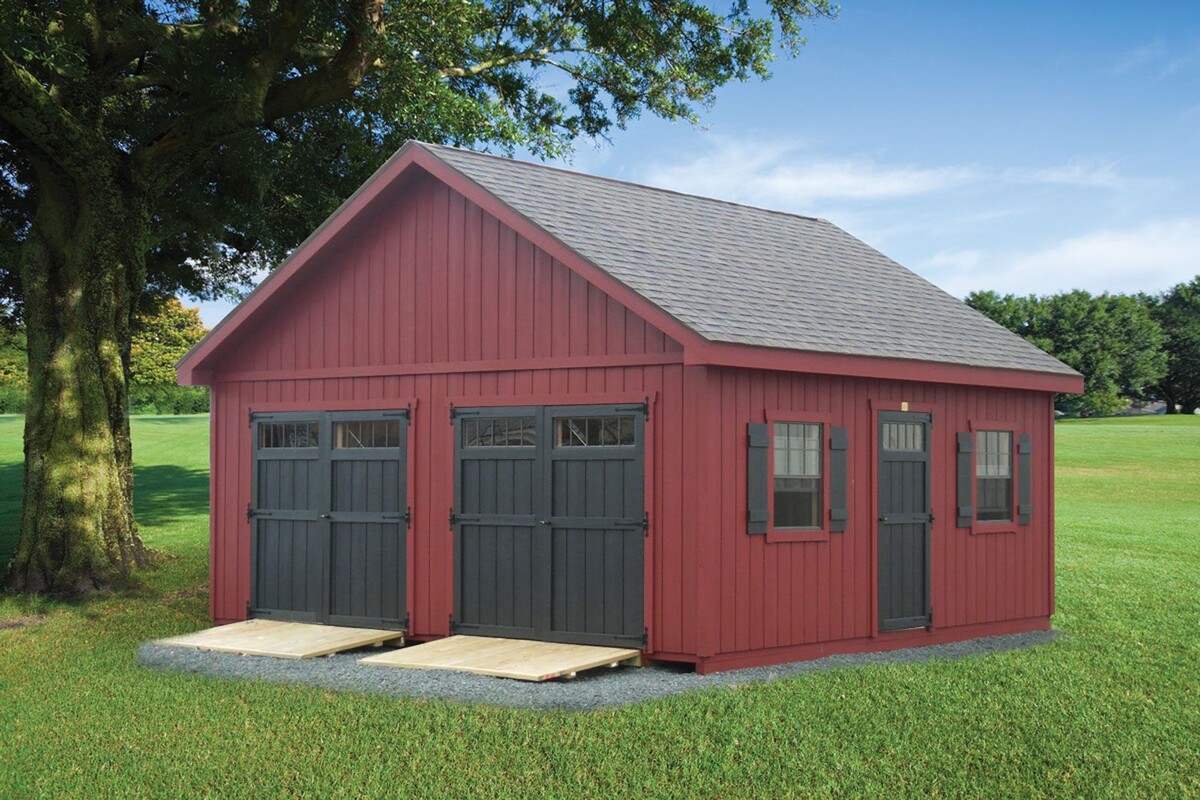
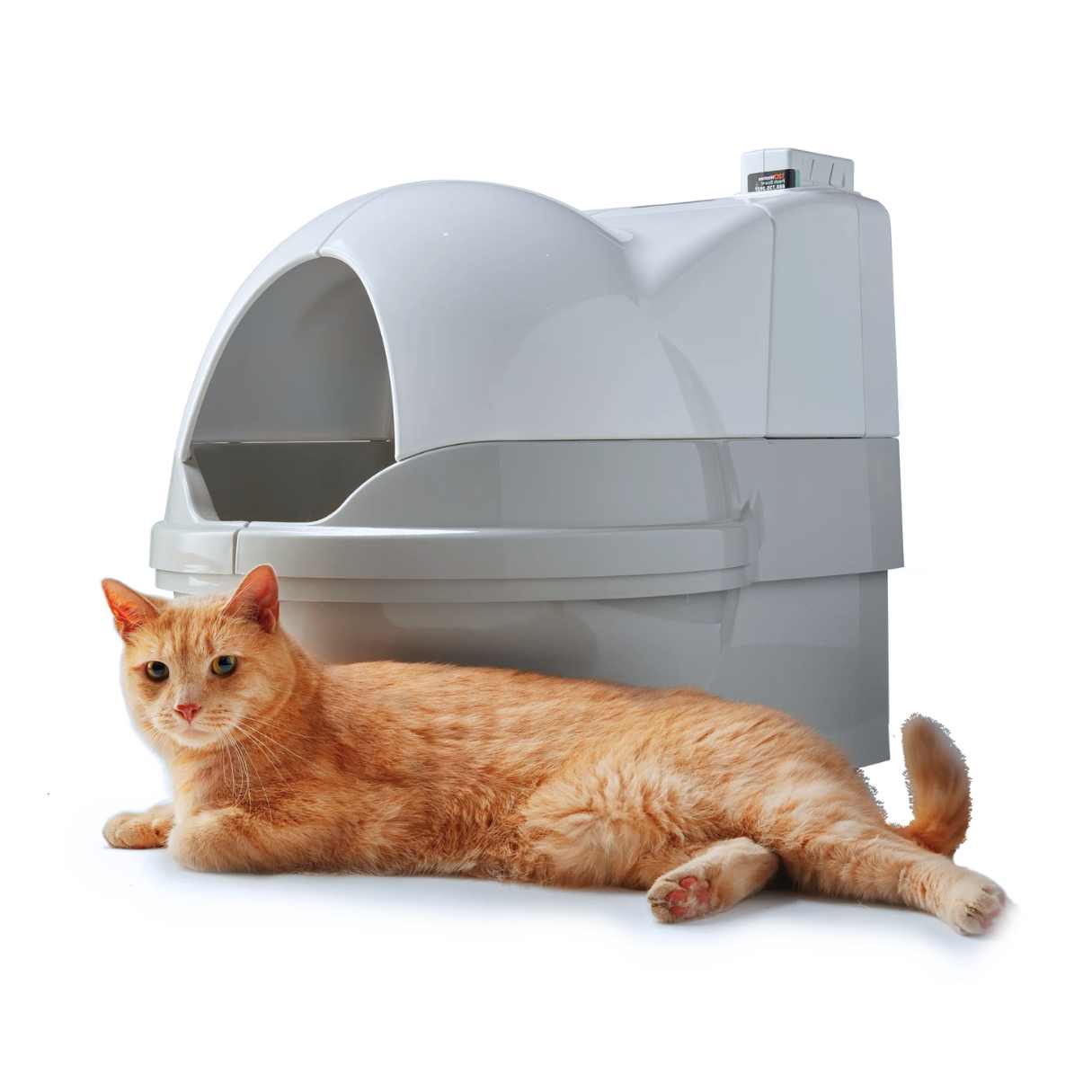
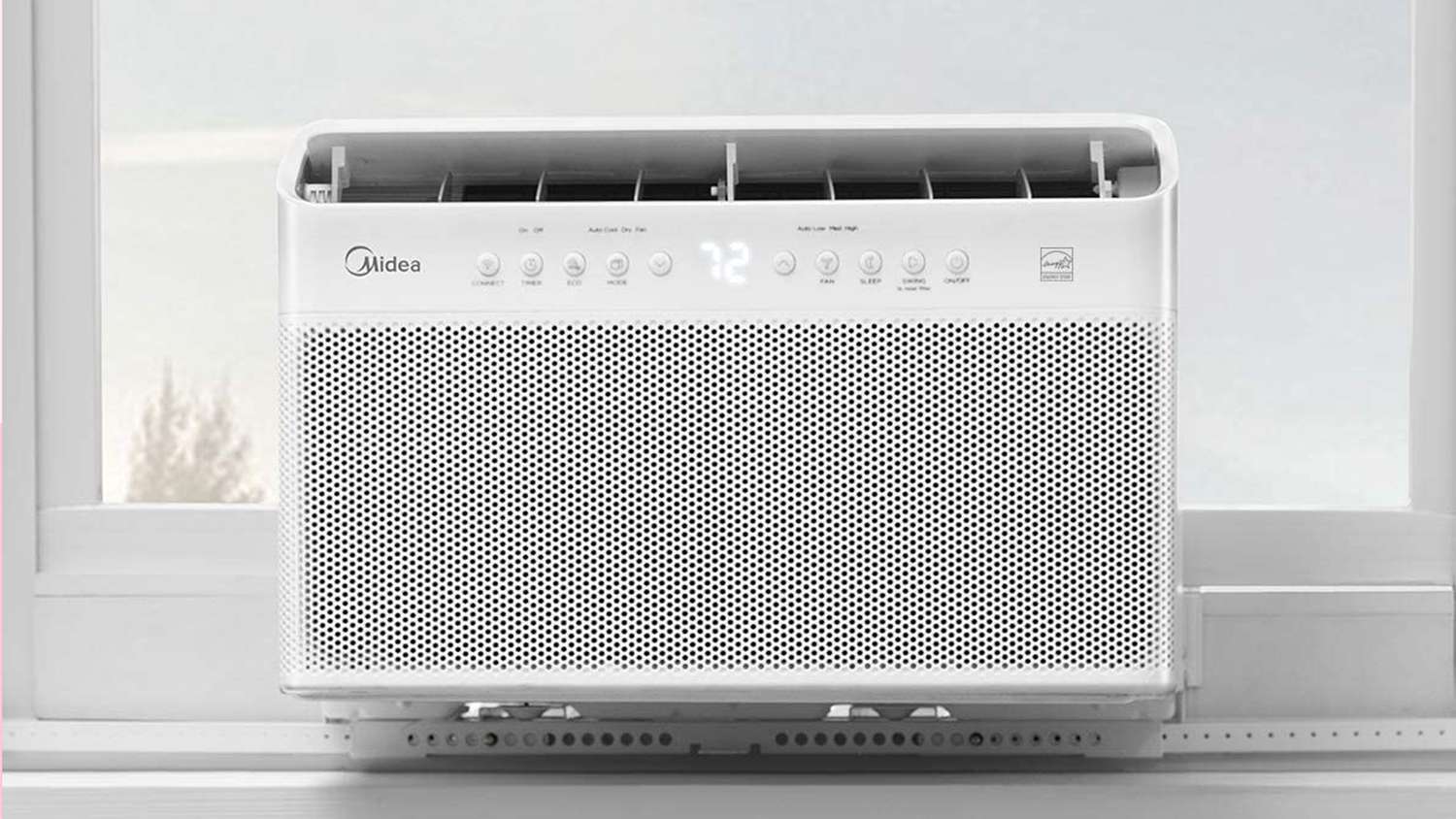
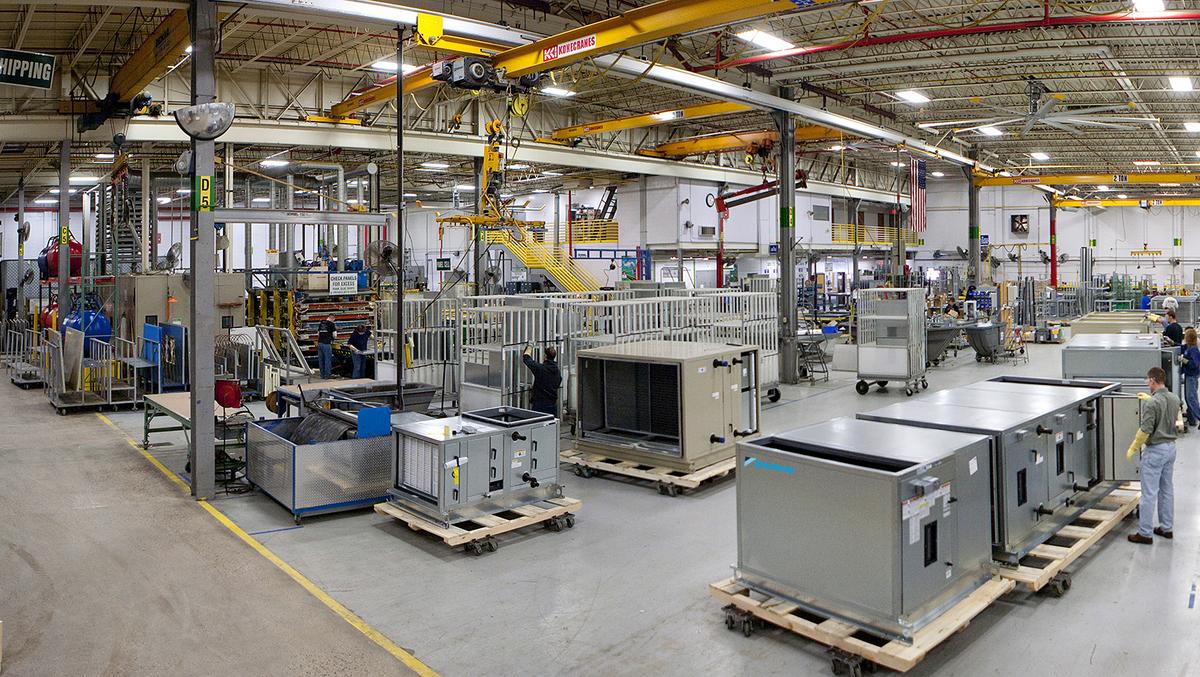
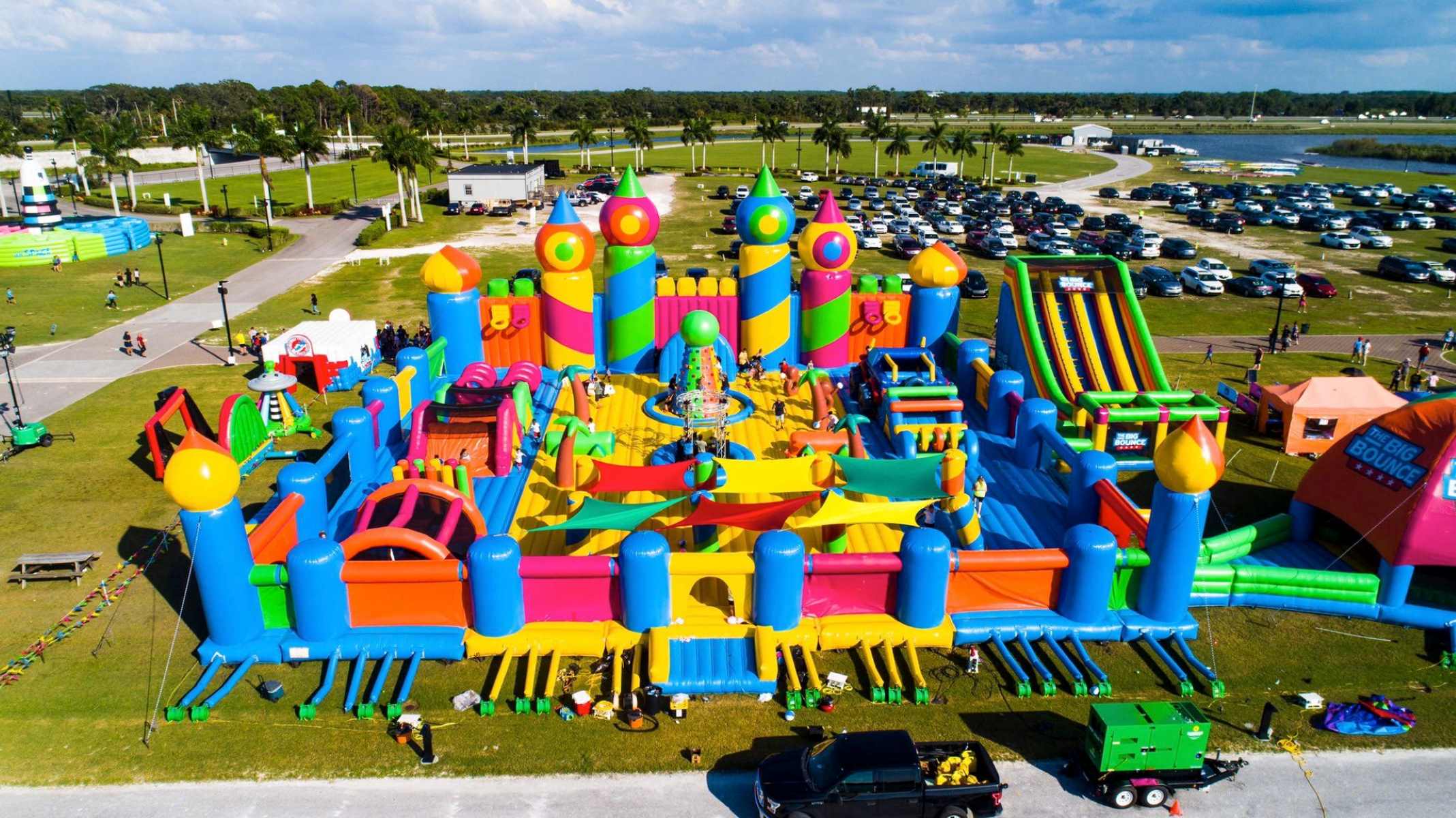

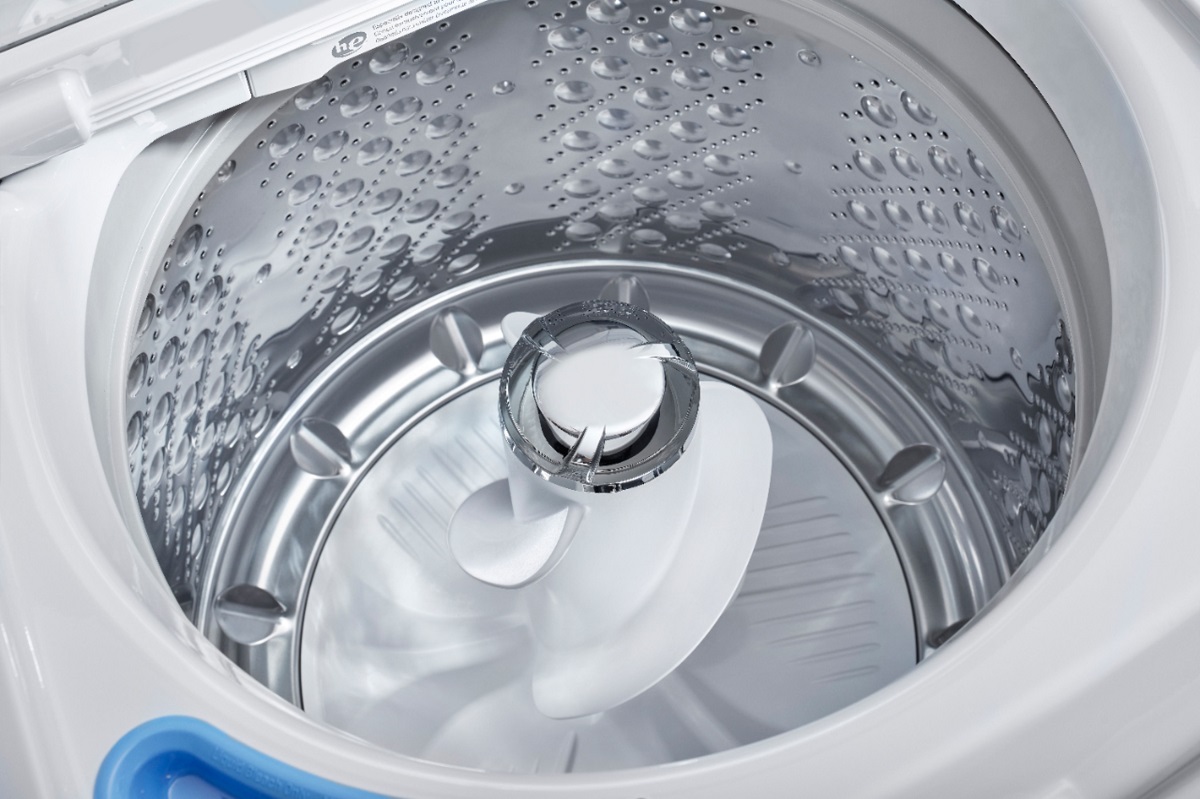

0 thoughts on “What Is The Largest Washer Capacity”